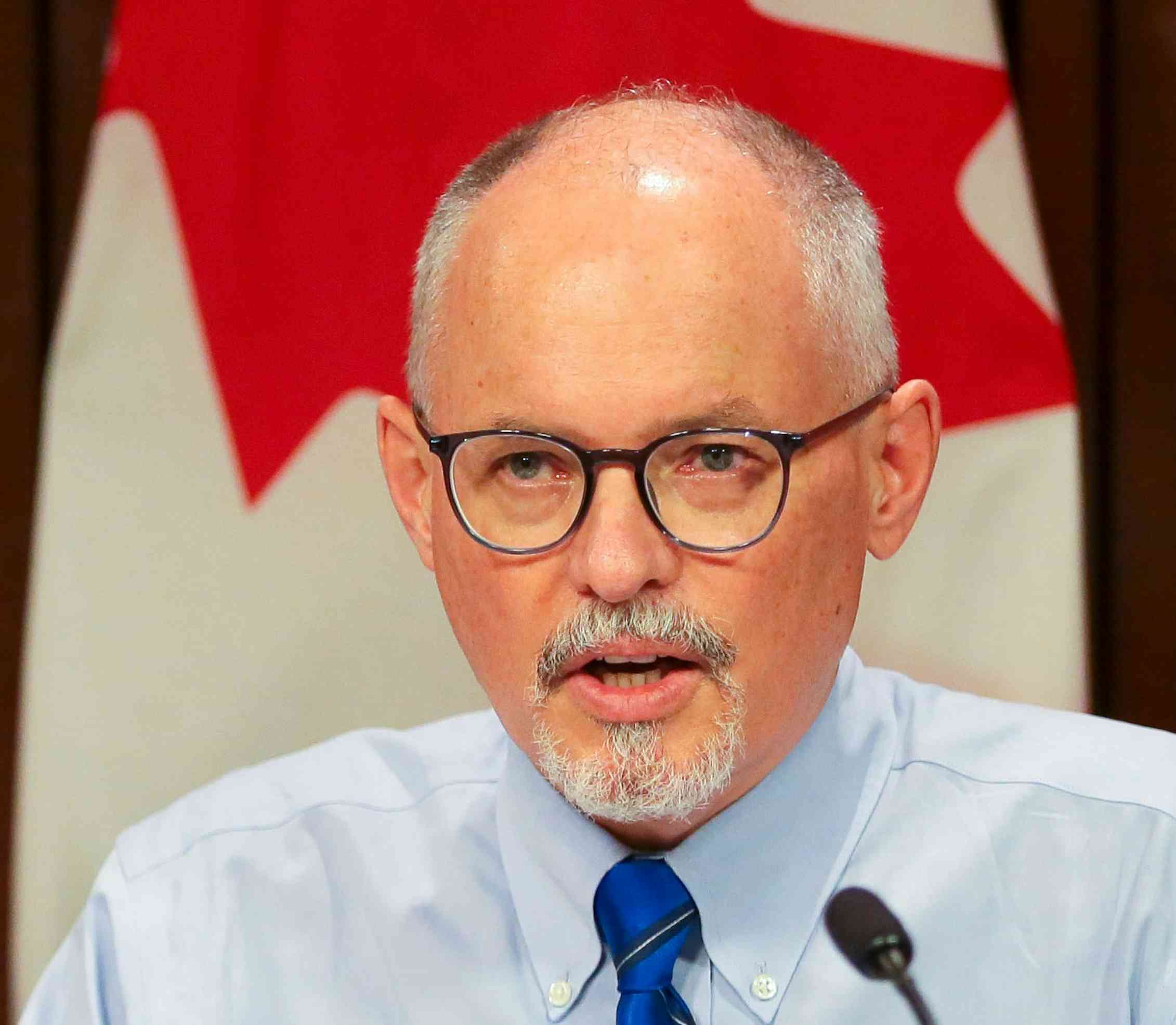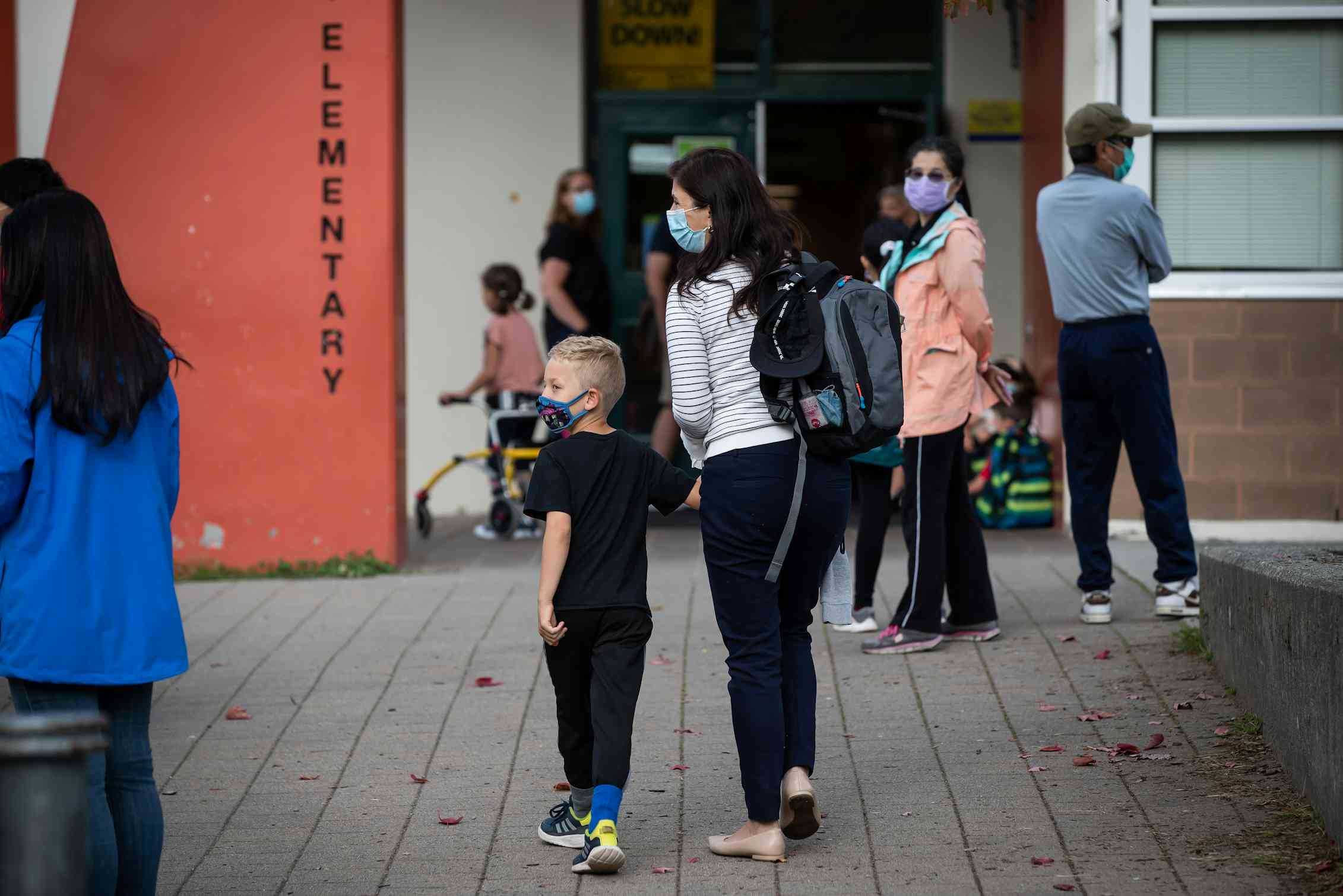
The third school year to be marred by the COVID-19 pandemic is now underway, and many parents and guardians are again worrying about their children’s safety at school — especially those under the age of 12, who aren’t yet eligible for COVID-19 vaccinations.
Some Canadian parents have taken extraordinary steps to make their children’s learning environments safer. These measures show governments are failing to prioritize children in their pandemic responses and to fund safe, high-quality and equitable education.
Parents organizing rapid testing
Parents at Ontario public schools recently tried to organize COVID-19 rapid antigen tests to screen children for the virus.
Some Toronto parents drove hours to pick up the tests and assembled the kits at their kitchen tables to distribute to families at their schools. The provincial government had been resisting calls to provide rapid testing for COVID-19 at all public schools in the province.
Private schools received tests
Some private schools initially received rapid tests at the beginning of the school year. An Ontario government-run portal originally named private schools as eligible for rapid antigen surveillance screening.
In September, the Toronto Star reported that a ministry spokesperson said “private schools were going against public health guidance and abusing the system by planning to give the tests to children” and the government would “no longer provide free … tests to private schools for the asymptomatic surveillance of students.”
Earlier this month, in response to news of parents of public school students accessing the free rapid tests and using them to screen asymptomatic students, the province said this was also not allowed.

After parents and news outlets questioned why businesses — whose employees are eligible for vaccination — could get rapid tests from the government but schoolchildren couldn’t, Ontario’s chief medical officer of health announced the province would provide access to rapid tests only for schools deemed to be at high-risk for COVID-19 cases.
Even while many parents are following public health pandemic guidance, it’s understandable that trust between the province and parents has been severely strained. Last year Ontario’s school safety plans appeared to lag behind concerns for the economy and for keeping bars open. And, during the last school year in Ontario, many parents were ill at ease when, prior to vaccination rollouts, recommendations for smaller classes weren’t implemented and teacher unions said the back-to-school plan was dangerous. Many parents are angry that Ontario schools were closed longer than in any other province, with parents and kids left to weather the effects.
As of Oct. 13, 704 Ontario schools have reported COVID-19 cases.
Parents taking on extra work
The parent-led rapid-testing programs aren’t the only example of parents taking on extra work to protect their children’s learning environments during the pandemic.
Some parents have simply deemed in-person schooling too unsafe for their children, especially if a household member is immunocompromised.
Some parents have turned to homeschooling. Others have created “pandemic pods” — small groups of children who study together under the instruction of a parent or a hired tutor.

Increasing inequities
Parents organizing rapid tests and other initiatives like pandemic pods may reduce the risks of coronavirus transmission for students. They may also worsen pre-existing inequities between the children of parents who have the resources and time to take on this extra work and those who don’t.
Education researchers and advocates have pointed out the risks to public education posed by these moves towards private provision of education and associated public health services.
One rapid-test parent organizer acknowledged it takes privilege to organize rapid testing and many communities wouldn’t be able to do it, so having government or public health support would be helpful.
Pressures on parents
Social pressures on parents are nothing new. Many scholars have written about how demands on parents in North America and Europe have increased in recent decades. For example, sociologist Sharon Hays uses the term “intensive mothering” to describe the expectation that mothers be deeply involved in their children’s upbringing and devote significant personal resources to mothering, even if they are simultaneously pursuing a career.
Sociologist Annette Lareau has argued that for middle-class parents, in particular, parenting involves actively advocating for their own children’s access to opportunities and resources. More broadly, humanities scholar Jacqueline Rose has suggested that mothers are frequently treated as scapegoats and blamed for various social problems while also being prevailed upon to fix those problems.
Neoliberalism and COVID-19
Scholars have also noted that various pandemic policies have favoured the welfare of adults while ignoring the needs of children.
Read more: Coronavirus spotlights equity and access issues with children's right to play
The current Canadian educational landscape is shaped by neoliberalism, an ideology of individual responsibility, choice and competition for resources, which leads to privatization of public services like education.
Consequently, parents who have the time, energy and resources to do so may feel as if they have no choice but to address the shortcomings of public school safety plans.
Governments need to provide safe education
But governments cannot be allowed to simply stand back while parents create do-it-yourself solutions to address inadequate government policies.
Leaving parents to fill public health gaps in schools is unacceptable, due to the way it widens inequities: Coronavirus infections have been higher within some racialized groups and in communities with lower incomes.
Pressures on parents during the pandemic have had several negative consequences, including worsening their mental health and increasing the obstacles experienced by mothers, in particular, to continue their careers.
Both parents and non-parents alike must press their governments to step up and fulfil the responsibilities they have to provide a safe public education for all children — both now and in the future, when the pandemic is over.
Lauren Jervis receives funding from the Social Sciences and Humanities Research Council.
